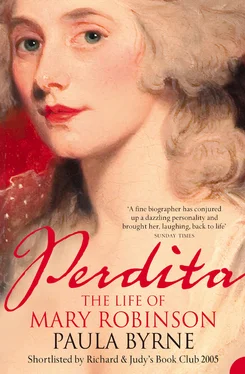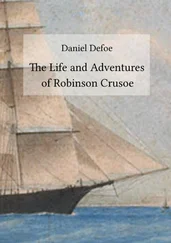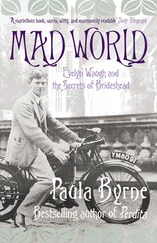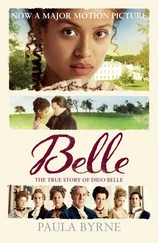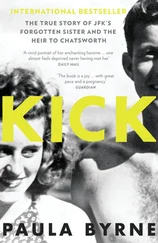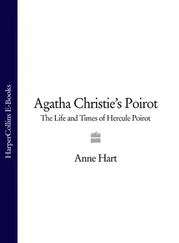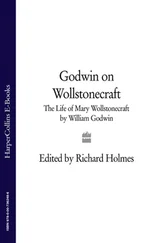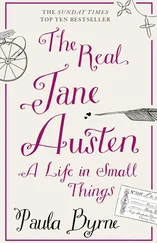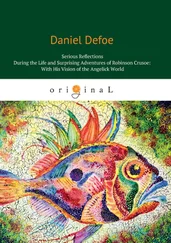The research for this book took me from the minuscule type of the gossip columns of the Morning Herald in the newspaper division of the British Library at Colindale in north London to the Gothic cloister of Bristol Minster, where Mary Robinson was born. I stood below the incomparable portraits of her in the Wallace Collection tucked away off busy Oxford Street and in stately homes both vast (Waddesdon Manor) and intimate (Chawton House). In the Print Room of the British Museum I pored over graphic and sometimes obscene caricatures of her; via the worldwide web I downloaded long-forgotten political pamphlets in which she figured prominently; in the New York Public Library, within earshot of the traffic on Fifth Avenue, I pieced together the letters in which Mary revealed her state of mind in the final months of her life, as she continued to write prolifically even as she struggled against illness and disability.
I found hitherto neglected letters and manuscripts scattered in the most unlikely places: in a private home in Surrey, I opened a cardboard folder and found the Prince of Wales’s account of the night he saw ‘Perdita’ at Drury Lane, written the very next day, in the first flush of his infatuation with her; in the Garrick Club, among the portraits of the great men of the theatre who launched Mary’s career, I discovered a letter in which she laid out her plan to rival the Lyrical Ballads of Wordsworth and Coleridge; and in one of the most securely guarded private houses in England – which I am prohibited from naming – I found the original manuscript of her Memoirs , which is subtly different from the published text. I became intimate with the perfectly proportioned face and the lively written voice of this remarkable woman. Yet as I was researching the book, people from many walks of life asked me who I was writing about: hardly any of them had heard of the eighteenth-century Mary Robinson. So I have sought to recreate her life, her world and her work, and to explain how it was that one of her contemporaries called her ‘the most interesting woman of her age’. 5
* As with many incidents in her life, the circumstances are not absolutely clear, as will be seen in chapter 15.
* Robert Bass, The Green Dragoon: The Lives of Banastre Tarleton and Mary Robinson (New York, 1957) – as the title reveals, the main emphasis is on Tarleton’s military career. Though Bass undertook valuable archival research, his transcriptions were riddled with errors, he misdated key incidents, and he failed to notice many fascinating newspaper reports, references in memoirs, and other sources. It is no exaggeration to say that his inaccuracies outnumber his accuracies: if Bass says that an article appeared one November in the Morning Post , one may rest assured that it is to be found in December in the Morning Herald .
PART ONE Actress
CHAPTER 1 ‘During a Tempestuous Night’
The very finest powers of intellect, and the proudest specimens of mental labour, have frequently appeared in the more contracted circles of provincial society. Bristol and Bath have each sent forth their sons and daughters of genius.
Mary Robinson, ‘Present State of the Manners, Society, etc.
etc. of the Metropolis of England’
Horace Walpole described the city of Bristol as ‘the dirtiest great shop I ever saw’. Second only to London in size, it was renowned for the industry and commercial prowess of its people. ‘The Bristolians,’ it was said, ‘seem to live only to get and save money.’ 1 The streets and marketplaces were alive with crowds, prosperous gentlemen and ladies perambulated under the lime trees on College Green outside the minster, and seagulls circled in the air. A river cut through the centre, carrying the ships that made the city one of the world’s leading centres of trade. Sugar was the chief import, but it was not unusual to find articles in the Bristol Journal announcing the arrival of slave ships en route from Africa to the New World. Sometimes slaves would be kept for domestic service: in the parish register of the church of St Augustine the Less one finds the baptism of a negro named ‘Bristol’. Over the page is another entry: Polly – a variant of Mary – daughter of Nicholas and Hester Darby, baptized 19 July 1758. 2
Nicholas Darby was a prominent member of the Society of Merchant Venturers, based at the Merchants’ Hall in King Street, an association of overseas traders that was at the heart of Bristol’s commercial life. The merchant community supported a vibrant culture: a major theatre, concerts, assembly rooms, coffee houses, bookshops, and publishers. Bristol’s most famous literary son was born just five years before Mary. Thomas Chatterton, the ‘marvellous boy’, was the wunderkind of English poetry. His verse became a posthumous sensation in the years following his suicide (or accidental self-poisoning) at the age of 17. For Keats and Shelley, he was a hero; Mary Robinson and Samuel Taylor Coleridge both wrote odes in his memory.
Coleridge himself also developed Bristol connections. His friend and fellow poet Robert Southey, the son of a failed linen merchant, came from the city. The two young poets married the Bristolian Fricker sisters and it was on College Green, a stone’s throw from the house where Mary was born, that they hatched their ‘pantisocratic’ plan to establish a commune on the banks of the Susquehanna River.
Mary described her place of birth at the beginning of her Memoirs . She conjured up a hillside in Bristol, where a monastery belonging to the order of St Augustine had once stood beside the minster:
On this spot was built a private house, partly of simple and partly of modern architecture. The front faced a small garden, the gates of which opened to the Minster-Green (now called the College-Green): the west side was bounded by the Cathedral, and the back was supported by the antient cloisters of St Augustine’s monastery. A spot more calculated to inspire the soul with mournful meditation can scarcely be found amidst the monuments of antiquity.
She was born in a room that had been part of the original monastery. It was immediately over the cloisters, dark and Gothic with ‘casement windows that shed a dim mid-day gloom’. The chamber was reached ‘by a narrow winding staircase, at the foot of which an iron-spiked door led to the long gloomy path of cloistered solitude’. What better origin could there have been for a woman who grew up to write best-selling Gothic novels? If the Memoirs is to be believed, even the weather contributed to the atmosphere of foreboding on the night of her birth. ‘I have often heard my mother say that a more stormy hour she never remembered. The wind whistled round the dark pinnacles of the minster tower, and the rain beat in torrents against the casements of her chamber.’ ‘Through life,’ Mary continued, ‘the tempest has followed my footsteps.’ 3
The Minster House was destroyed when the nave of Bristol Minster was enlarged in the Victorian era, but it is still possible to stand in the courtyard in front of the Minster School and see the cloister that supported the house in which Mary was born. And next door, in what is now the public library, one can look at an old engraving which reveals that the house was indeed tucked beneath the great Gothic windows and the mighty tower of the cathedral itself.
The family had Irish roots. Mary’s great-grandfather changed his name from MacDermott to Darby in order to inherit an Irish estate. Nicholas Darby was born in America and claimed kinship with Benjamin Franklin. 4 As a young man he was engaged in the Newfoundland fishing trade in St John’s. His daughter described him as having a ‘strong mind, high spirit, and great personal intrepidity’, traits that could equally apply to herself. 5
Читать дальше
